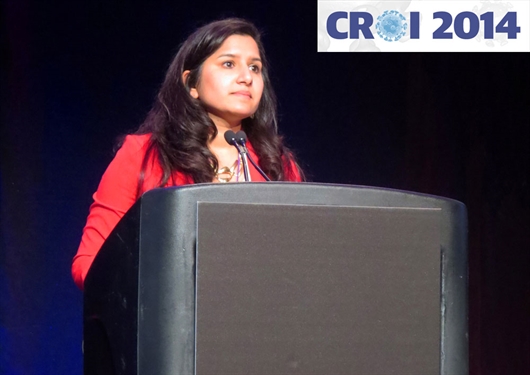
Anita Kohli, presenting at CROI 2014. Photo by Liz Highleyman, hivandhepatitis.com.
Interferon- and ribavirin-free treatment using sofosbuvir, ledipasvir and a third direct-acting drug for as little as six weeks can cure most previously untreated people with genotype 1 hepatitis C virus (HCV), including those with traditional predictors of poor response, according to results from the SYNERGY trial presented at the 21st Conference on Retroviruses and Opportunistic Infections (CROI 2014) in early March.
SYNERGY enrolled 60 mostly low-income people with chronic hepatitis C in Washington, DC. Most had factors traditionally associated with poor treatment response: about 70% were men, around 90% were African-American, about 85% had unfavourable non-CC IL28B gene variants and 70% had hard-to-treat HCV subtype 1a. About one-quarter had advanced liver fibrosis or cirrhosis, but people with cirrhosis were excluded from the six-week arms.

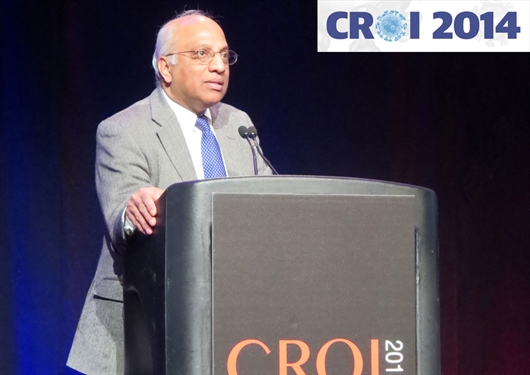
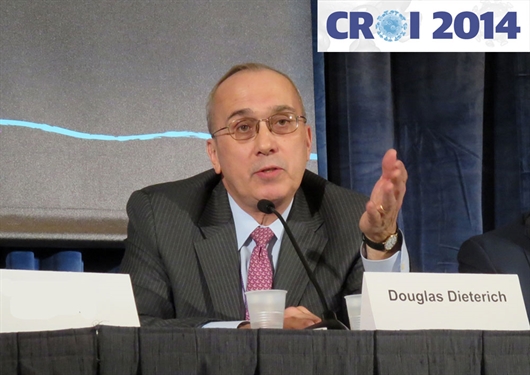
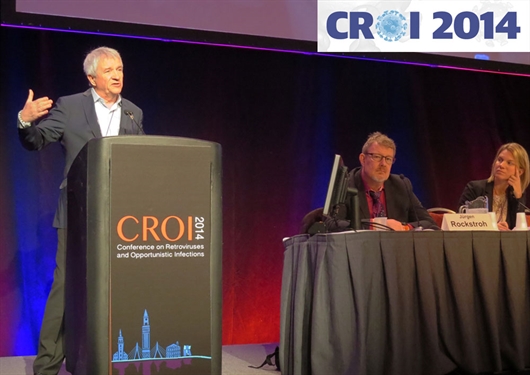
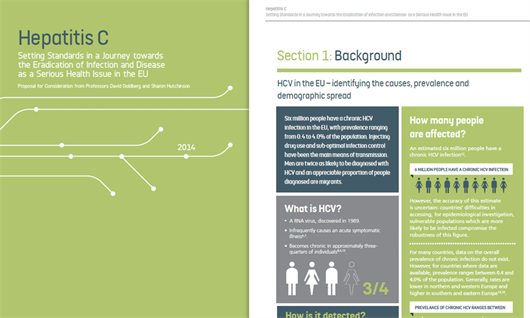
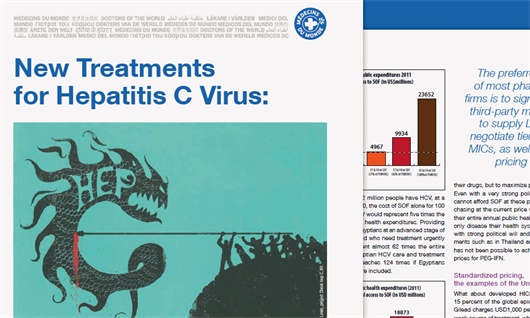
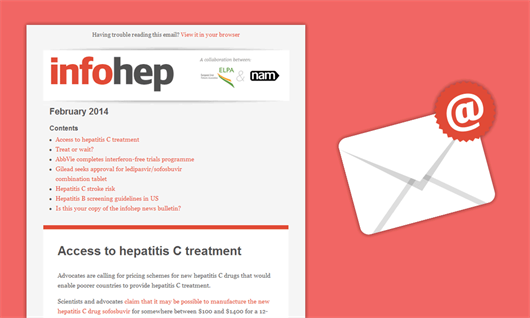

Connect with infohep on Facebook: Keep up to date with all the latest news and developments.
Follow infohep on Twitter for links to news stories and updates from infohep.org. Follow us at www.twitter.com/infohep.
Follow all the infohep news by subscribing to our RSS feeds.